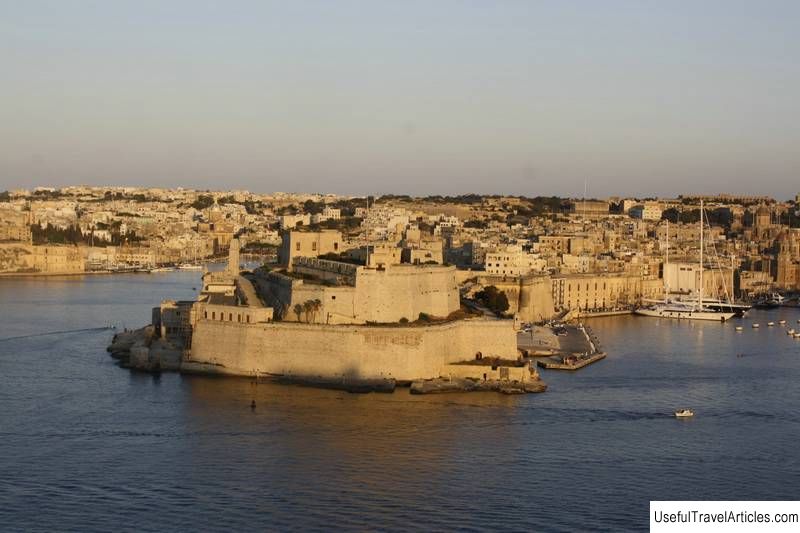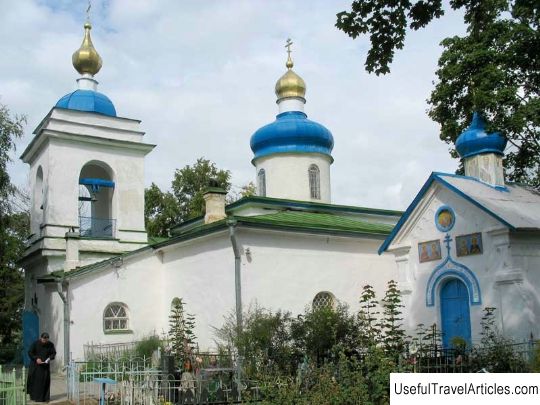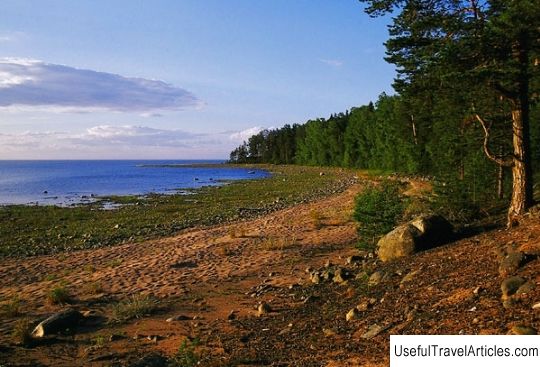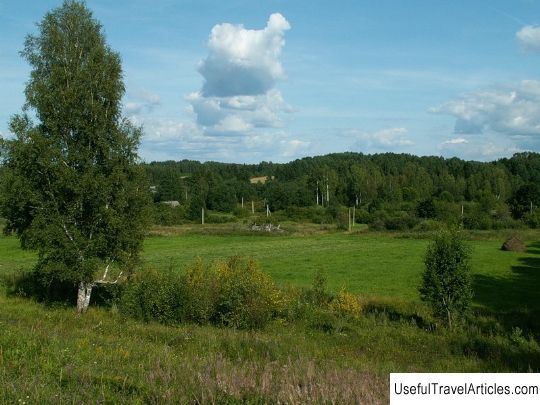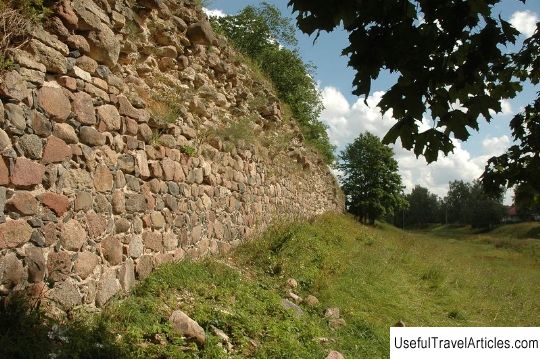Village Kobylye settlement description and photos - Russia - North-West: Pskov region
Rating: 8,2/10 (978 votes) 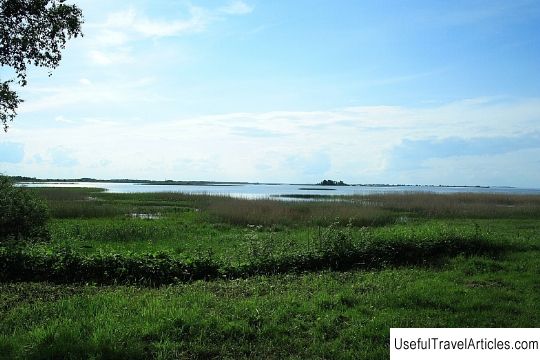
Village Kobylye settlement description and photos - Russia - North-West: Pskov region. Detailed information about the attraction. Description, photos and a map showing the nearest significant objects. Photo and descriptionThe village of Kobylye settlement, located 50 kilometers from the district town of Gdova, which is located in the Pskov region, has a legendary history. Mare is a small river in the southwestern part of the Gdovskiy region. This river flows into Lake Peipsi, which is located south of the Bile River. The name of the village comes precisely from the Kobyla river and the ancient fortification, on the site of which the village is located. The creation of the Mare's town took place due to the struggle between the Pskovians and the Livonians, which began in the 14th century over a fishing place. In the annals, this place is called "offensive", or controversial, to put it another way. In 1461, a five-year agreement was concluded between the Livonian Order and the Pskovites that that in this place the Pskovites undertake to fish near the coast from their side, and the Livonians, in turn, from theirs. However, in the 13th - 15th centuries, the mouth of the Zhelch River was of not only economic, but also strategic importance for the people of Pskov: important military roads leading to Pskov intersected near the "offensive" place. To consolidate their influence in this area, in a disputed place in 1462, the Pskovites founded a city that was named Kobyla. 60 craftsmen took part in the construction of the city. The city had a trapezoidal shape. On the south side, the wooden walls of the town were covered by a moat, on the east side - a marshy lowland, from the north the walls were covered by a ravine of the Bile River, while the western part was adjacent to Lake Peipsi. The construction of the town worried the Livonian Order. Having violated the terms of the treaty, the German crusaders in the spring, or rather in March 1463, approached the Mare and began firing cannons. The defenders of the city were helped by Pskov, which forced the Livonians to retreat. However, in the winter of 1480, Livonian troops launched an offensive along all the borders of the Pskov land, and in March the Mare was surrounded. After shelling the city, they threw fiery arrows at it, the walls were set on fire. The fortress burned out, and the defenders were captured. So the Mare fortress ceased to exist. But the suburb remained the center of the Kobyl district. In the village there is a preserved church of Michael the Archangel, erected at the time when the new town was founded. The temple is a building typical for Pskov architecture. In 1854 the church was lengthened and a bell tower was added to it. The preserved temple of Michael the Archangel reminds of the past. Nowadays, this complex is an excellent landmark for fishermen of Lake Peipsi. But the main historical moment in the life of the village of Kobylye settlement is that it was here in April 1242 that the famous Battle of the Ice took place. In addition, opposite the village is the Voroniy Island, on this island the Raven Stone once stood, which also witnessed this battle. Then the Russian army under the leadership of Alexander Nevsky crushed the Livonian army and thereby saved North-Western Russia from foreign invaders. In honor of the 750th anniversary of this battle, in 1992, in the village of Kobylye settlement, a monument to the Novgorod prince Alexander Nevsky was erected. What is remarkable is the monument was created with folk funds. Later, a veneration cross was installed in memory of the heroic battle. And although over seven centuries Lake Peipsi has undergone changes and left many mysteries, there is no doubt that one thing is that it has a legendary valiant history and the glorious past of the Pskov land is reflected in the history of this famous place.        We also recommend reading Ostrich farm description and photos - South Africa Topic: Village Kobylye settlement description and photos - Russia - North-West: Pskov region. |
